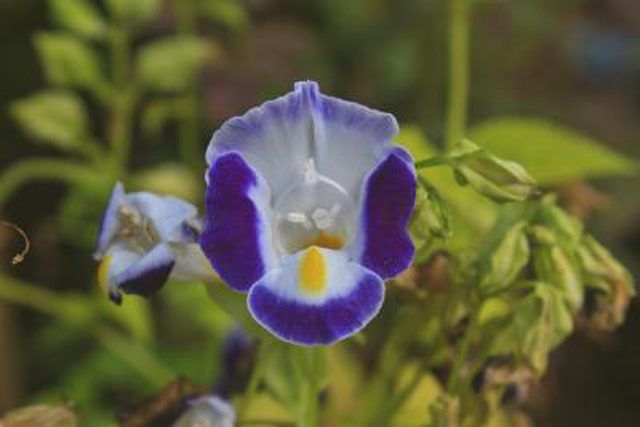Bulbs
Flower Basics
Flower Beds & Specialty Gardens
Flower Garden
Garden Furniture
Garden Gnomes
Garden Seeds
Garden Sheds
Garden Statues
Garden Tools & Supplies
Gardening Basics
Green & Organic
Groundcovers & Vines
Growing Annuals
Growing Basil
Growing Beans
Growing Berries
Growing Blueberries
Growing Cactus
Growing Corn
Growing Cotton
Growing Edibles
Growing Flowers
Growing Garlic
Growing Grapes
Growing Grass
Growing Herbs
Growing Jasmine
Growing Mint
Growing Mushrooms
Orchids
Growing Peanuts
Growing Perennials
Growing Plants
Growing Rosemary
Growing Roses
Growing Strawberries
Growing Sunflowers
Growing Thyme
Growing Tomatoes
Growing Tulips
Growing Vegetables
Herb Basics
Herb Garden
Indoor Growing
Landscaping Basics
Landscaping Patios
Landscaping Plants
Landscaping Shrubs
Landscaping Trees
Landscaping Walks & Pathways
Lawn Basics
Lawn Maintenance
Lawn Mowers
Lawn Ornaments
Lawn Planting
Lawn Tools
Outdoor Growing
Overall Landscape Planning
Pests, Weeds & Problems
Plant Basics
Rock Garden
Rose Garden
Shrubs
Soil
Specialty Gardens
Trees
Vegetable Garden
Yard Maintenance
How to Care for Torenia
How to Care for Torenia. Whether you’re looking for something lovely to fill a planter box or a pop of color for a shady garden spot, torenia (Torenia spp.) fits the bill. Torenia’s flowers are small and tubular in shades of white, pink, blue and purple with yellow markings. Torenia is a low-maintenance plant and grows as a perennial...

Whether youíre looking for something lovely to fill a planter box or a pop of color for a shady garden spot, torenia (Torenia spp.) fits the bill. Toreniaís flowers are small and tubular in shades of white, pink, blue and purple with yellow markings. Torenia is a low-maintenance plant and grows as a perennial in U.S. Department of Agriculture plant hardiness zones 10 through 11, but you can treat it as an annual elsewhere.
Water
Torenia requires consistently moist soil but never allow it to become soggy or you risk root rot. Check the soil moisture more frequently when growing torenia in containers as it will dry out faster, especially on hot summer days. Always use containers with drainage holes when growing torenia.
Feed for Flowers
Flowering plants, such as torenia, need frequent applications of a fertilizer high in phosphorus -- represented by the middle number in the NPK formula that's written on all fertilizers sold. Apply 1/8 cup of 5-10-5 granular fertilizer per plant, every four weeks, to supply the torenia with the phosphorus necessary to produce plenty of flowers. Sprinkle the fertilizer granules on the soil, at least 3 inches from the plant and use a hand cultivator to scratch the granules into the top of the soil. Use a hose to wash away any granules that land on the plant and water the torenia after the application.
If It Looks Sick
Torenia is largely disease resistant, with the exception of powdery mildew. If you notice a white, powdery substance on the torenia, it is most likely infected. Water the torenia thoroughly and then spray it with a solution containing 2 tablespoons of 70 percent neem oil in 1 gallon of water. Spray all parts of the plant until the mixture begins to drip. Repeat the application weekly. Neem oil is toxic to bees, so apply it early in the morning or late in the evening when bees arenít active. Wear long pants, a long-sleeved shirt and goggles when spraying neem oil because it can irritate the skin and eyes.
Insect Control
The only pest problem you're likely to encounter when growing torenia is a whitefly infestation. Check the undersides of the toreniaís leaves periodically for these small, white, winged insects. Whiteflies suck the plantís juices and a heavy infestation may kill it. Use the same neem oil mixture for whitefly management that you use to control powdery mildew. Repeat the application once a week.
Shape It Up
Torenia is self-cleaning, which means you don't need to remove spent flowers. If you want the plant to grow bushier, use your fingers to pinch 1/4 inch from the tips of new stems. The new branches mean additional flowers, so itís worth the time it takes to perform this task.